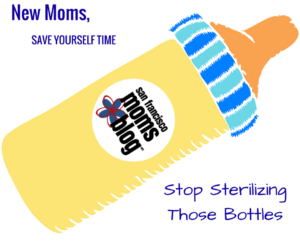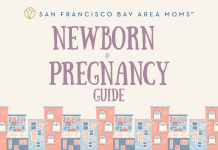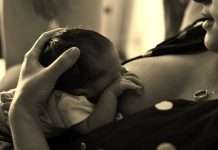 Toward the end of the birth and baby class that my husband and I took to prepare for our first child, the instructor off-handedly reminded us that we didn’t need to sterilize our baby’s bottles before we fed her. The comment took me by surprise because I thought this was a “must do.” I had already included a microwaveable sterilizing kit on my baby registry.
Toward the end of the birth and baby class that my husband and I took to prepare for our first child, the instructor off-handedly reminded us that we didn’t need to sterilize our baby’s bottles before we fed her. The comment took me by surprise because I thought this was a “must do.” I had already included a microwaveable sterilizing kit on my baby registry.
After my daughter was born, I emailed our instructor to double check. No sterilizing? Really? She assured me it wasn’t necessary, and I did trust her opinion. My OBGYN had recommended this class, and the instructor is a registered nurse with tons of experience in all things baby. Still, as every other overly cautious new mom does, I turned to Google and searched WebMD for confirmation.
It turns out, sterilizing isn’t a “must do.” It’s a “don’t bother.” Sterilization is meant to kill dangerous bacteria, but the really harmful stuff just isn’t present in our water supply like it used to be. We’re basically taking precautionary steps to kill non-existent bacteria.
Common sense applies here. If you know there’s a major problem with your water supply, or your child’s pediatrician has explicitly told you to sterilize bottles, then please do it. For the majority of us, though, cleaning bottles and nipples with soap and hot water is perfectly effective.
Still not sure? Think about it: Even if you do choose to sterilize your bottles, they’ll become unsterilized almost immediately. None of us lives in a “clean room” environment. As soon as we touch the nipple or bottle, put it back on the drying rack or in a cabinet, it’s lost its sterile status, anyway.
My kids are now two and three years old, and they did not suffer any ill effects from drinking out of their clean, unsterilized bottles. If you’d rather be safe than sorry and continue sterilizing, go for it. If you’re like me, and look for any chance to eliminate a chore from your daily routine, then say bye-bye to the steamy process of sterilizing and hello to a little extra snuggle time with your baby.





















